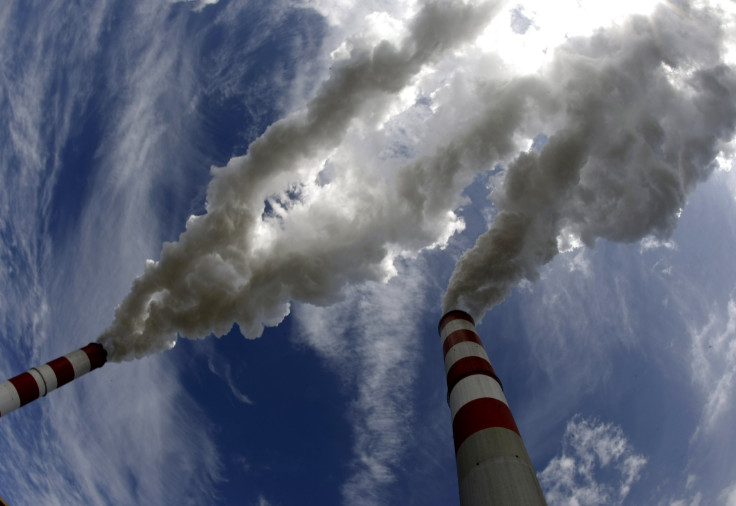EU Climate Chage 2014: European Union Makes 'Ambitious' Climate Change Plans

European Union leaders have agreed to cut greenhouse gas emissions by 40 percent within 20 years. The agreement was being touted as a “substantial” step forward and the “world’s most ambitious, cost-effective” policy on climate and energy. Some claim the deal fell too short, while others called it a stretch. The plan was still in its beginning stages as “policy framework,” but was essentially a compromise between countries like the United Kingdom that are willing to cut 50 percent by 2030 and those that are heavily dependent on coal, like Poland.
Central and eastern European members expressed their concerns about the costs of green energy slowing their economies. In Poland, almost 90 percent of electricity is coal-fueled, and mining creates hundreds of thousands of jobs. Herman Van Rompuy, the president of the European Council, assured EU members that poorer countries would receive aid and additional funding to meet the pact’s binding 40 percent mark. EU leaders discussed the deal late into Thursday night. After an agreement was met, Van Rompuy tweeted the news in the early hours Friday morning.
Deal! At least 40% emissions cut by 2030. World's most ambitious, cost-effective, fair #EU2030 climate energy policy agreed #EUCO
- Herman Van Rompuy (@euHvR) October 23, 2014The target goal of slashing carbon dioxide emissions by at least 40 percent by 2030 “will ensure that Europe will be an important player, will be an important party, in future binding commitments of an international climate agreement,” said Angela Merkel, the German chancellor, at an early morning news conference Friday. Although environmentalists welcome the deal, some groups claim it’s too modest. “It will mean a slowdown in clean energy development in Europe,” Joris den Blanken of Greenpeace told the Associated Press.
Over the summer, the United Nations released a draft report that warned significant reductions in greenhouse gas emissions will be needed by 2050 to avoid the worst possible effects of global warming, which is already being felt on all continents and across the United States. Just last month, the U.N.’s meteorological advisory body released a separate report that showed greenhouse gas pollution in the planet’s atmosphere reached record-high levels last year, in large part due to CO2 levels which increased more between 2012 and 2013 than during any other year in the past three decades.
In 2013, concentrations of CO2 in the atmosphere were 142 percent higher than pre-industrial levels. For methane and nitrous oxide, two other potent greenhouse gases, concentrations hit about 250 percent and 120 percent about 1750-era levels, respectively, according to the U.N. report.
© Copyright IBTimes 2024. All rights reserved.





















